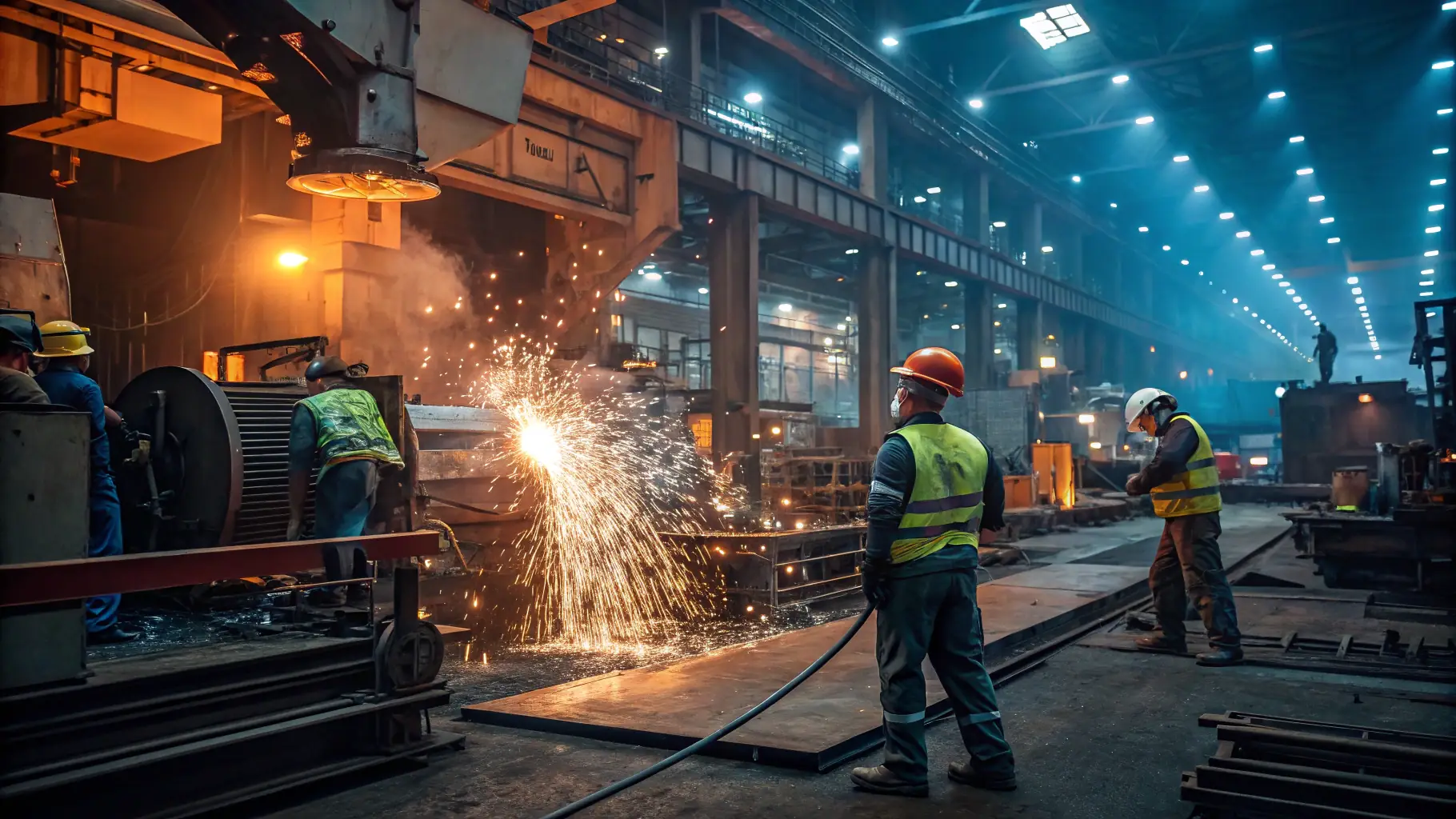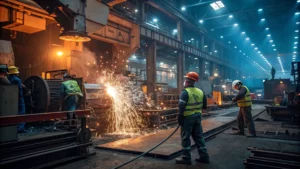The steel industry was a cornerstone of post-war British economic recovery. Its production levels directly influenced the nation’s ability to rebuild infrastructure, manufacture essential goods, and support various sectors of the economy. The industry’s output was vital for the construction of homes, factories, and transportation networks. The demand for steel was high, driving investment and employment opportunities. The economic impact of steel production extended beyond immediate reconstruction. The industry’s success fostered technological advancements, leading to innovations in steelmaking processes and the development of new alloys. These advancements had a ripple effect on other sectors, boosting productivity and competitiveness. The industry’s contribution to export markets also played a significant role in the nation’s economic growth. The steel industry’s role in post-war Britain was multifaceted. It was not only a vital component of the nation’s economic recovery but also a catalyst for technological progress and international trade. The industry’s influence on the broader economy was substantial, shaping investment decisions, employment patterns, and the overall trajectory of post-war development. Understanding the economic impact of steel production provides valuable insights into the complexities of post-war economic recovery.
The Economic Impact of Steel Production on Post-War Britain
Steel production played a crucial role in the economic recovery and development of post-war Britain.




